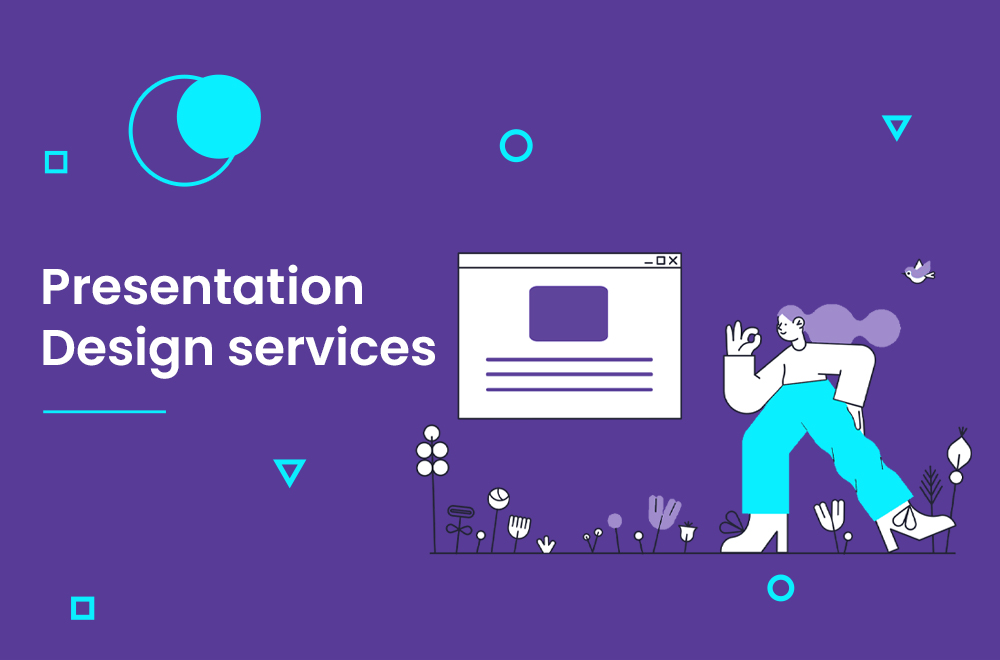When giving presentations on various screens, you may need to adjust the aspect ratio to fit the screen size. With Google Slides, you can choose from 16:9 (widescreen), 16:10, 4:3 (standard), or custom options. To do this, follow these steps for an easy change of your presentation’s proportions.
It’s important to keep in mind the consequences of modifying the aspect ratio of your presentation. After adjusting the slides, any elements and images within them will require readjustment. To change the aspect ratio of your slides, simply navigate to File → Page setup… and choose your desired option.
Table of Contents
What is the meaning of numbers?
The aspect ratio refers to the proportional relationship between the width and height of an image, such as a slide. In the 4:3 aspect ratio, viewed as 1024 x 768 pixels (10.67″ x 8″), the height is 3/4 of the width. Historically, this was one of the most common ratios due to its use in slideshows, televisions, and early computer monitors.
The introduction of high-definition screens in the early 2000s brought with it a 16:10 aspect ratio. However, as manufacturing costs became increasingly taken into consideration, it has become apparent that screens with a 16:9 aspect ratio (1920 x 1080 pixels or 13.3″ x 7.5″) were more cost-effective to produce, making them the new industry standard.
How presentations are scaled?
We’re able to dynamically adjust your content so that it looks great on any display, without compromising the original aspect ratio. To do this, we employ a two-layer approach:
1- Background layer
The slide layer serves as the backdrop for your presentation content, seamlessly filling available display space to avoid letterboxing. It can accommodate colors or images at 100% width and height. The following figure is an example of how two layers—the background layer and the content layer—come together to effectively make use of the space: tiled images represent the background layer, while a lightbox denoting “SLIDE CONTENT” represents information streamed by users. Discover more about slide backgrounds here.
2- Content Layer
This area serves as a canvas for integrating content such as text and visual media. Design elements are maximized to their optimal size, diligently preserving the core layout of your slide.
What size should you choose?
The 16:9 aspect ratio is the preferred size for presenting slides in a wide variety of settings. The larger space provides ample room on which to create visuals and content. While 4:3 may still be used in some places, it typically looks out of place on modern displays. For your next presentation, consider building slides at 16:9 for an optimal viewing experience.
Other slide sizes for special events
When designing slides for an event, the 16:9 format might not be suitable. Last year, I was creating presentation slides for a corporate conference that included massive screens. The recommended slide size for the optimal viewing experience was 52″ x 17″, with a “leave this space blank” area on the bottom. Before any event, it is necessary to become acquainted with AV specialists and obtain information on what are their preferred specifications for visuals to prevent distorted graphics from appearing on stage.
presentation design services :
With our presentation design services, we can help you create an amazing visual representation of your business. They are designed by professional strategists and designers who understand how important it is to have visuals that communicate clearly and effectively while still being aesthetically pleasing. They’re also created using the most up-to-date data so they won’t become obsolete quickly like other types of marketing material might be.





